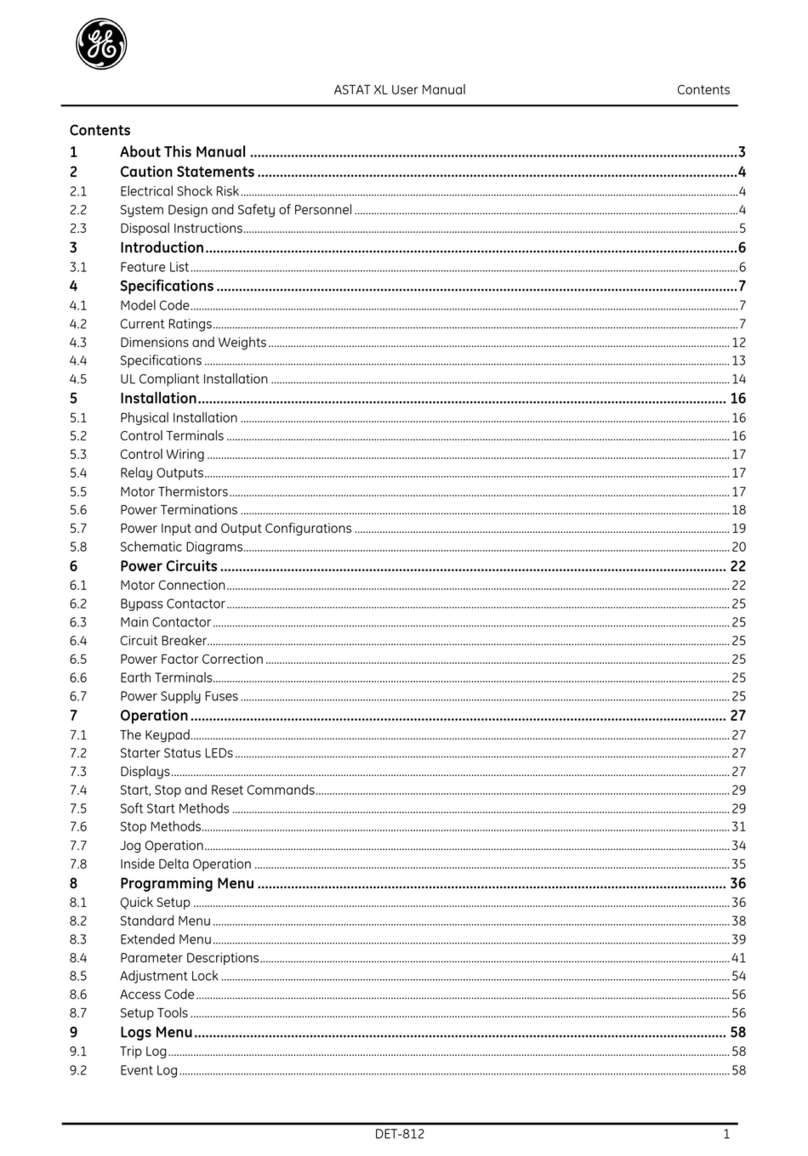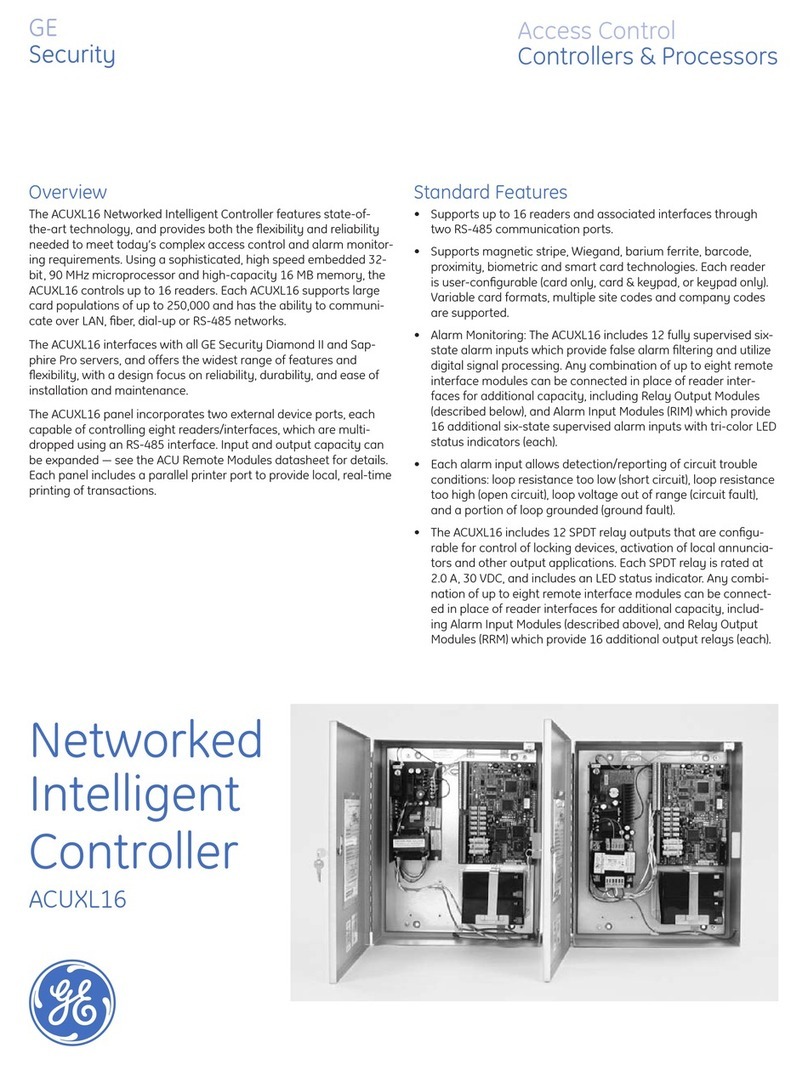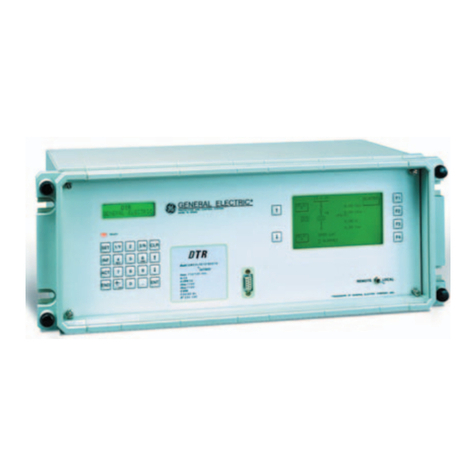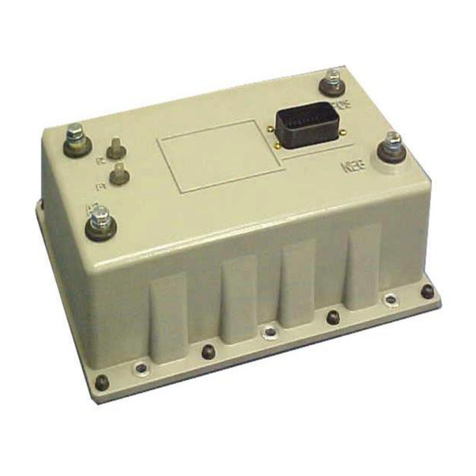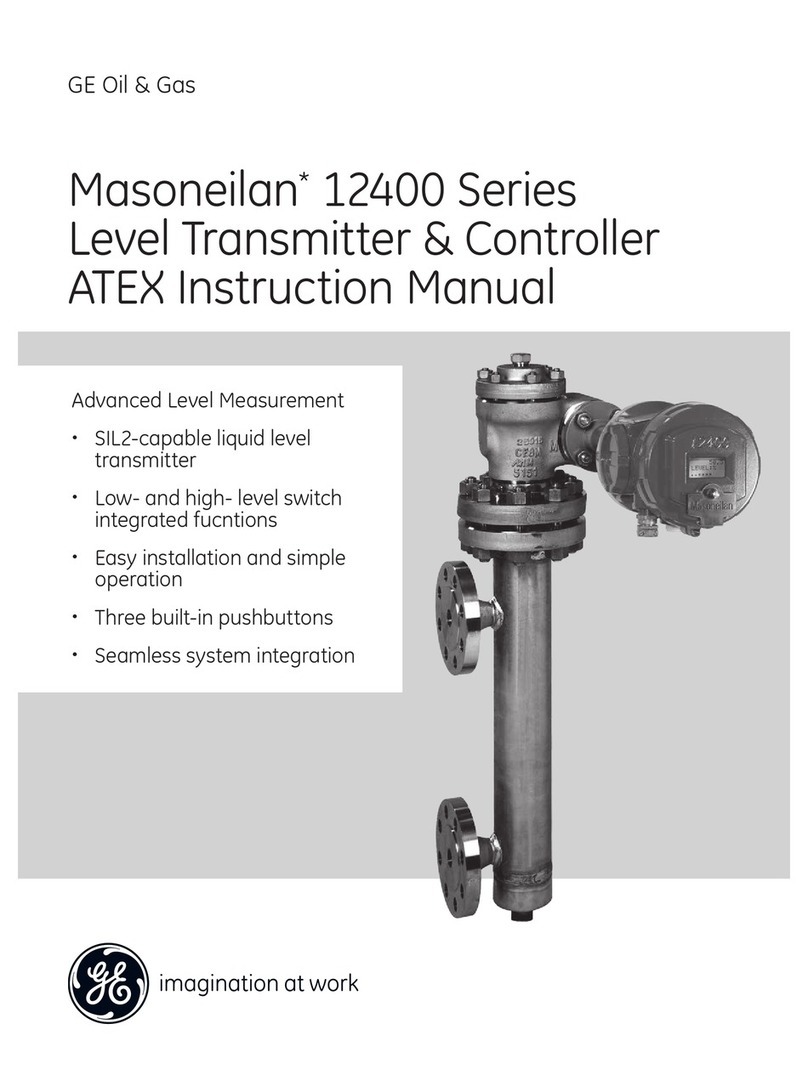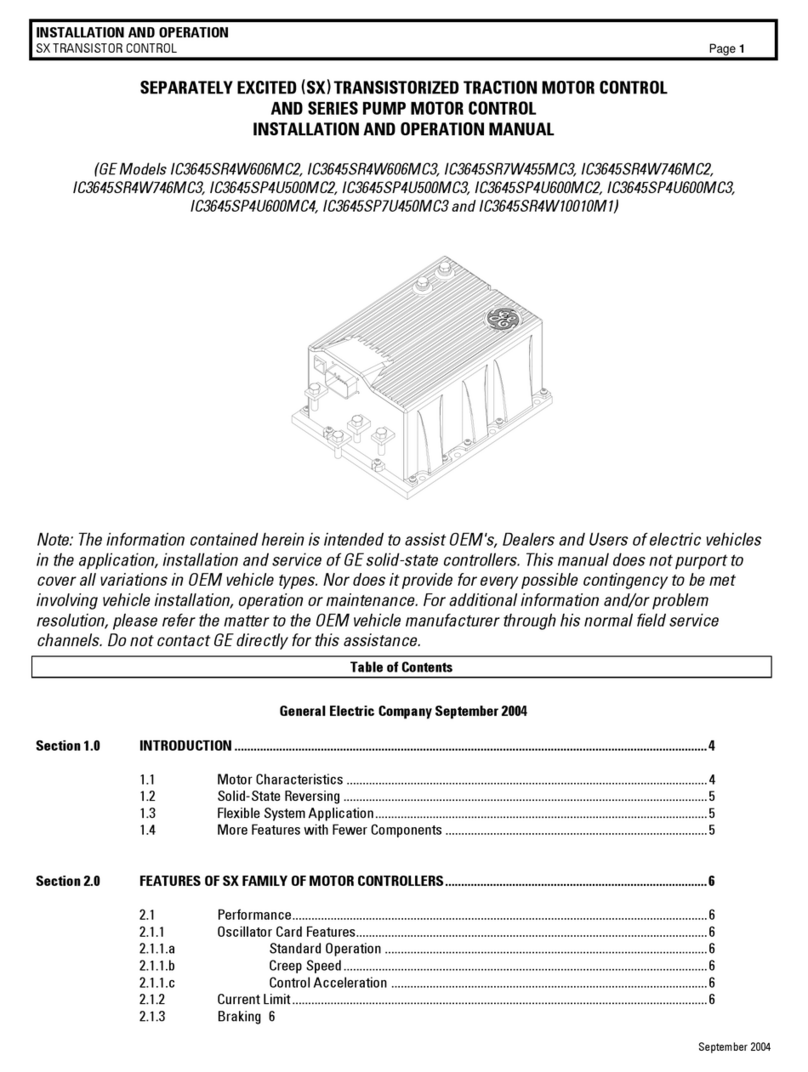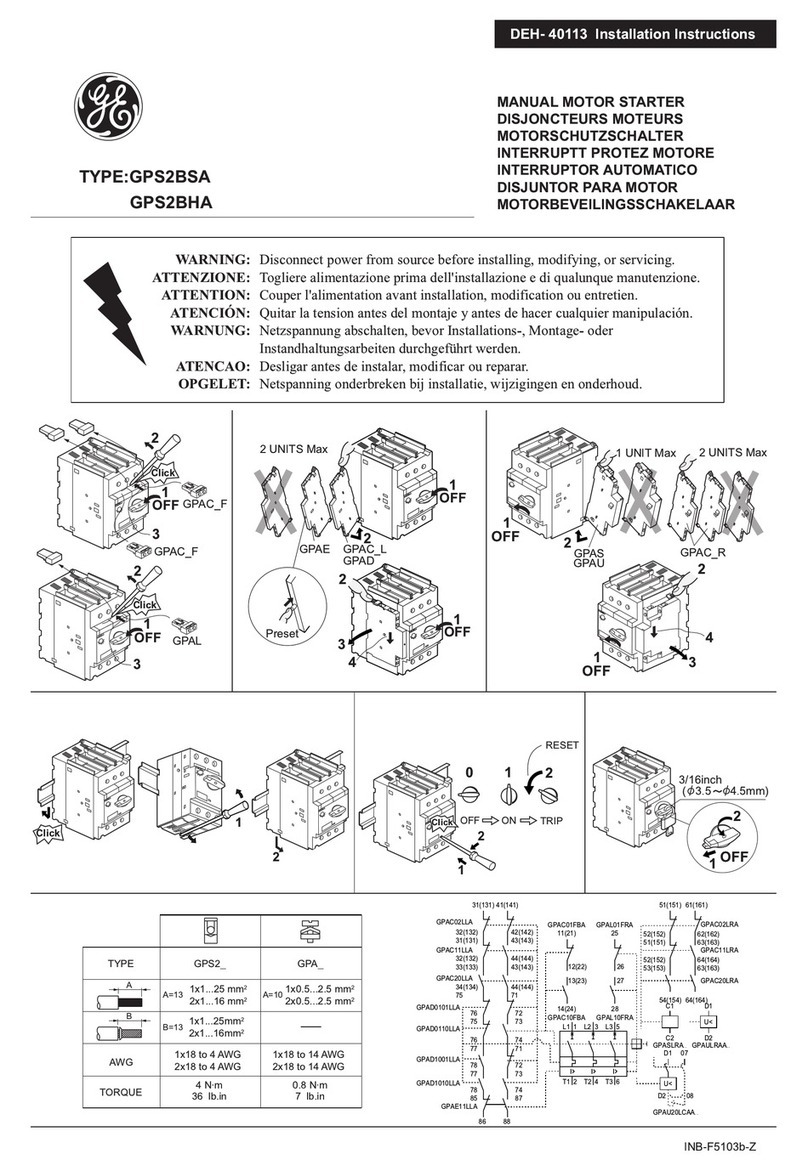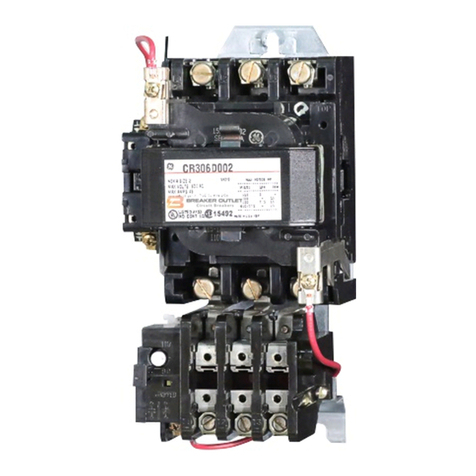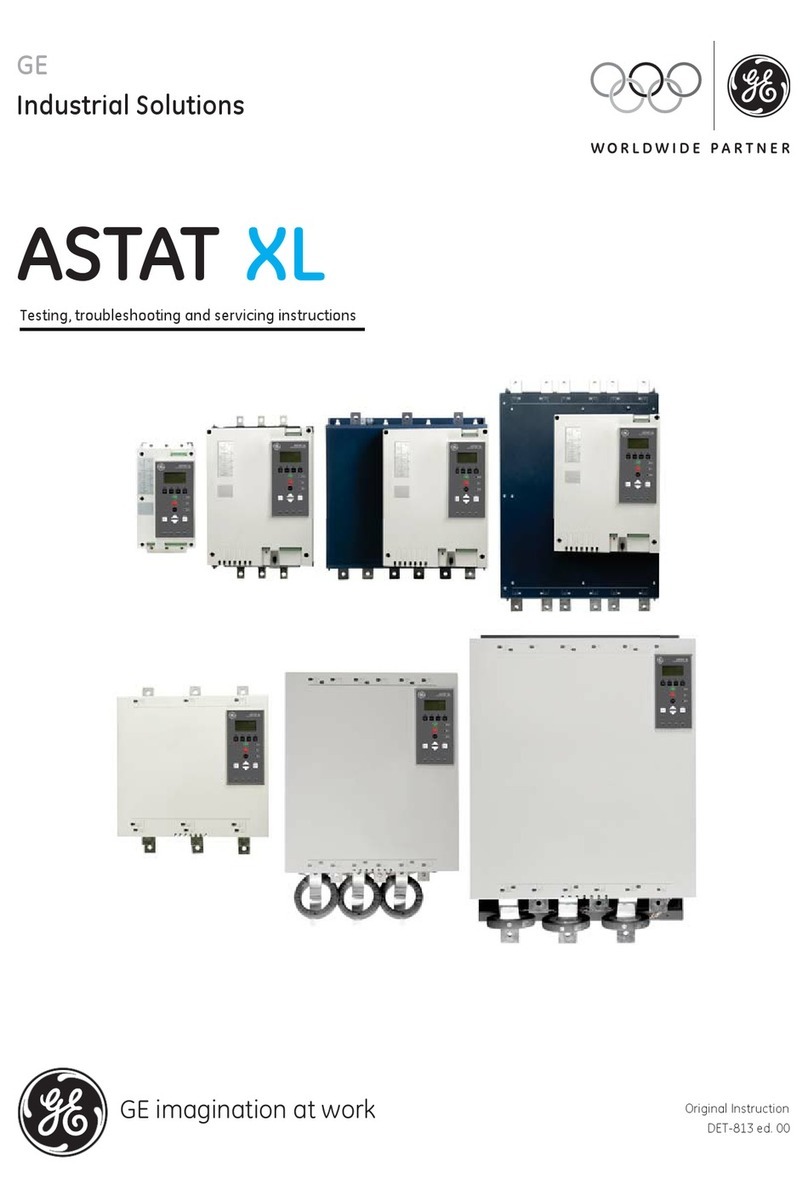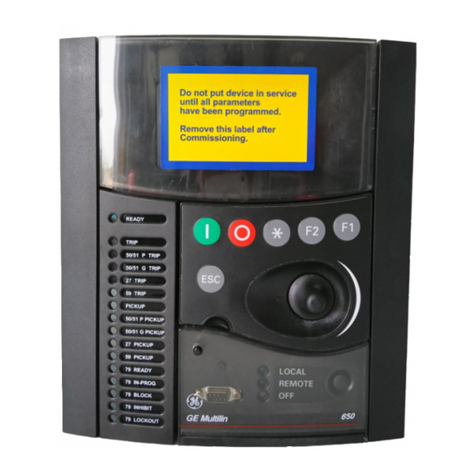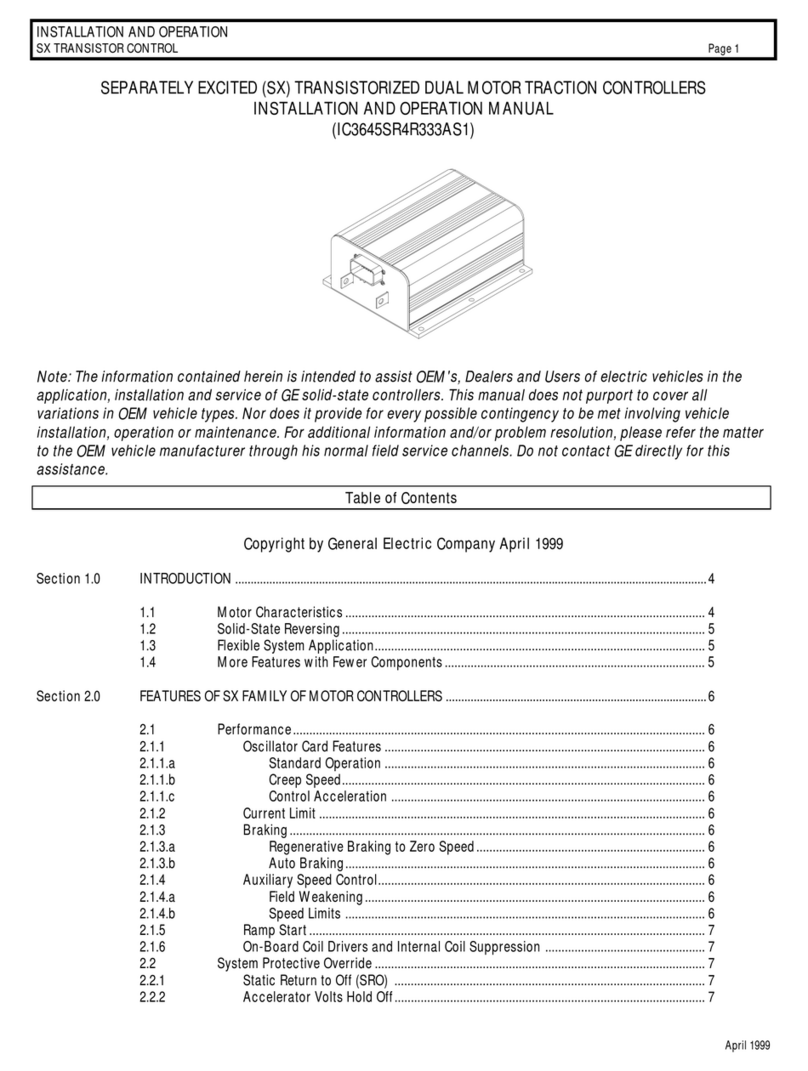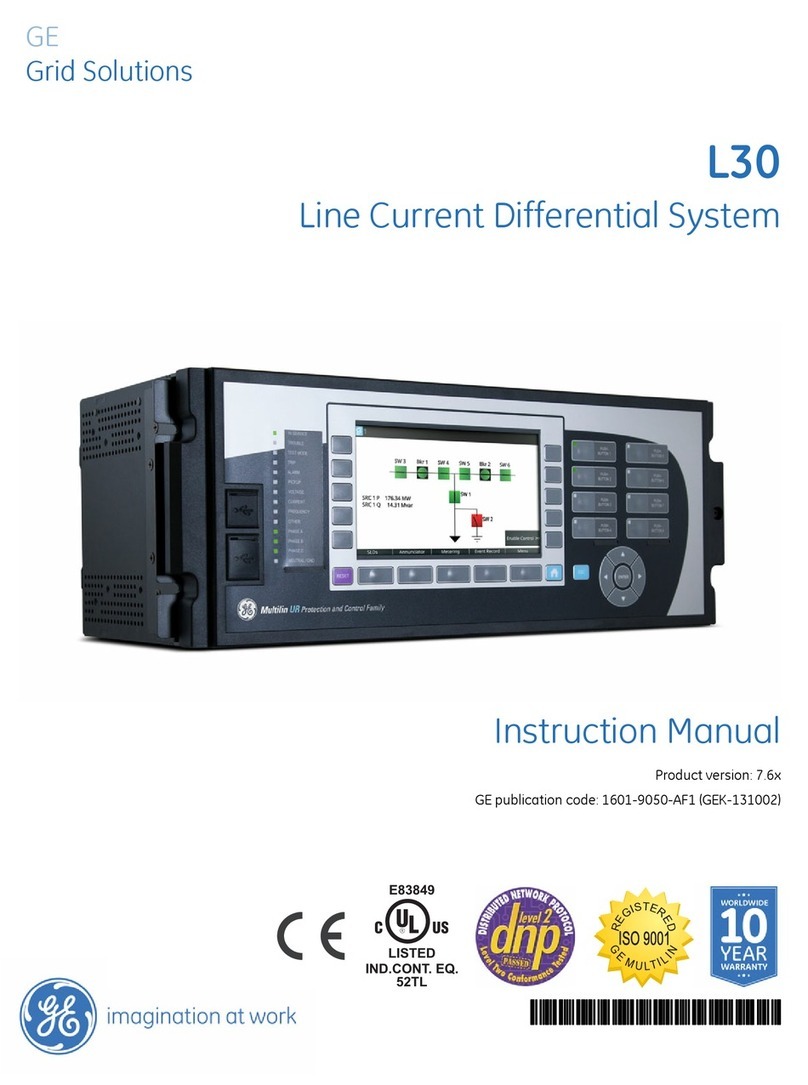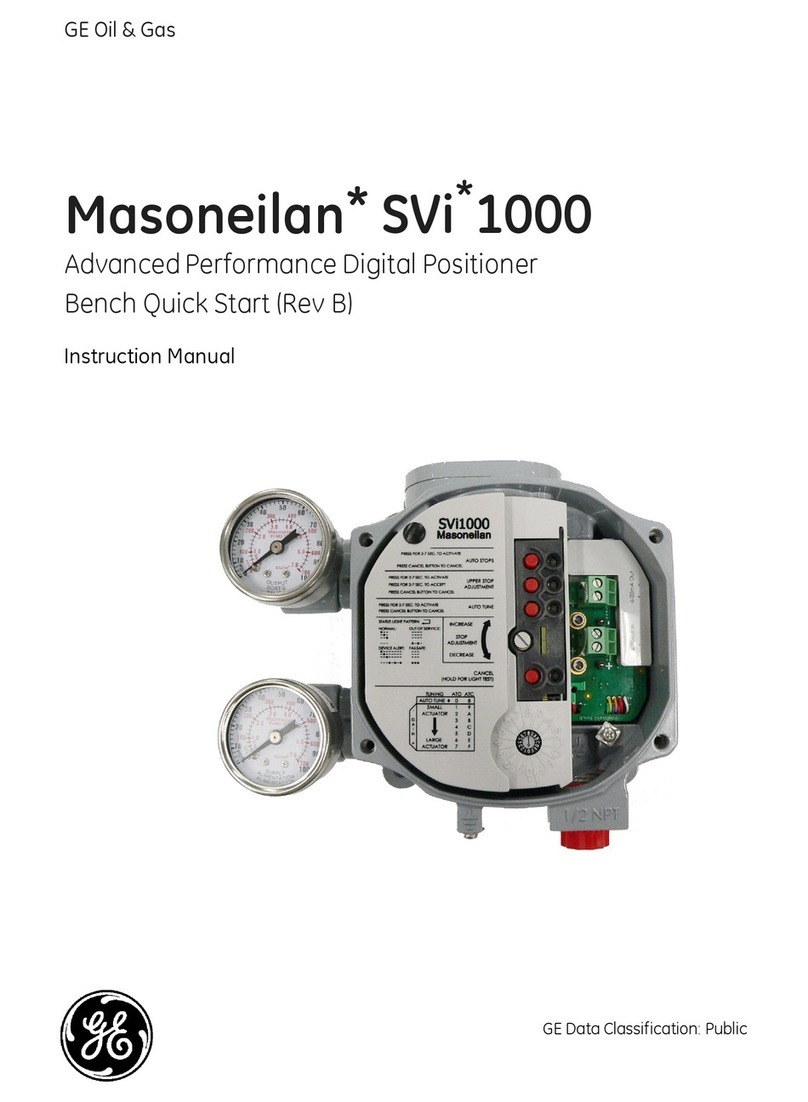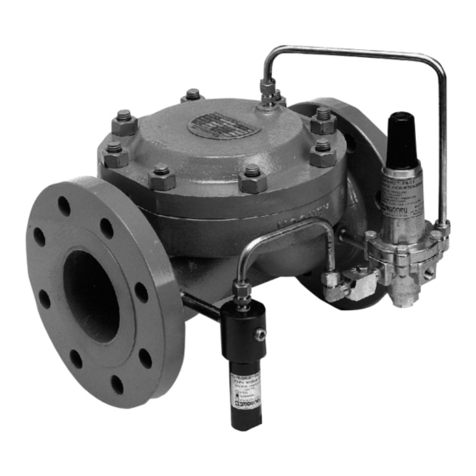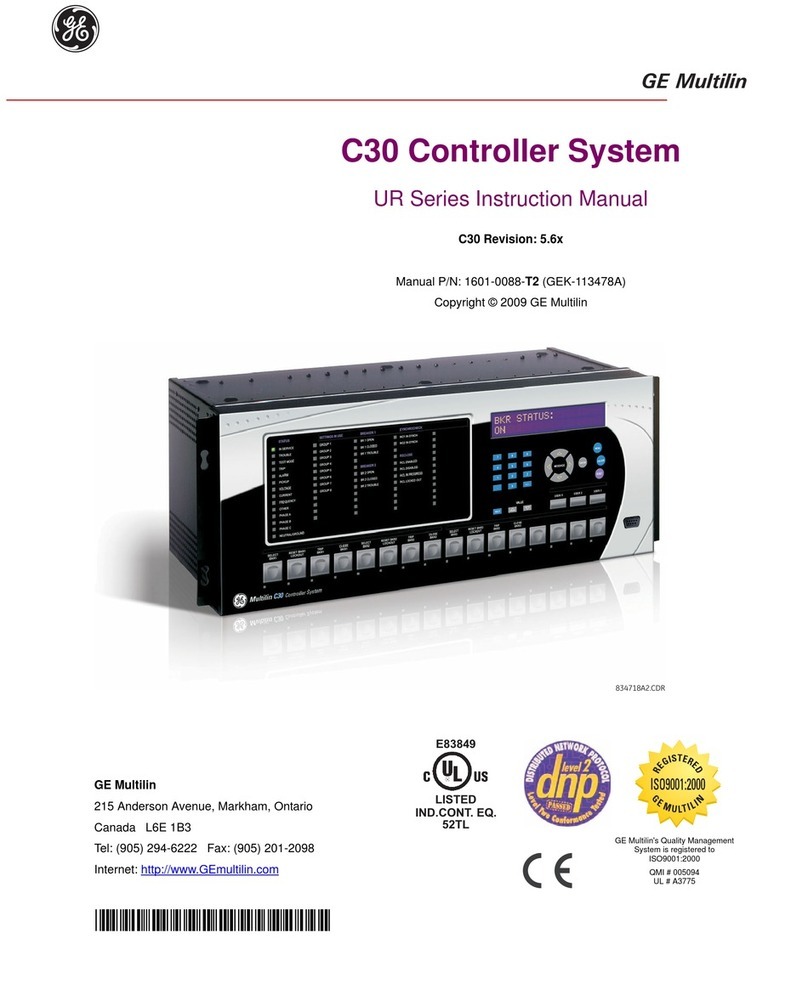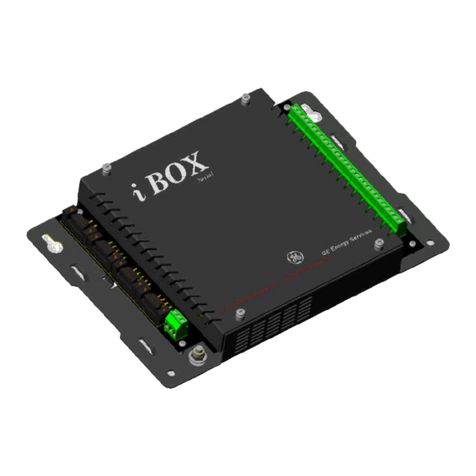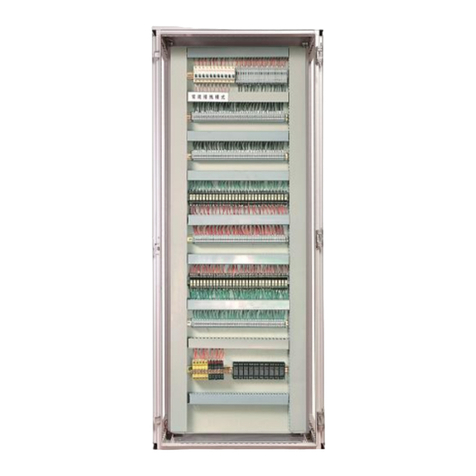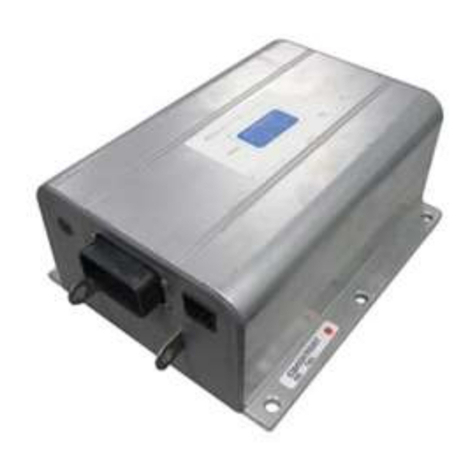Contents
GFK-2571N May 2018 vii
Figure 50: Setting the Communication Properties of a LAN____________________________________________ 63
Figure 51: Select PNS from Catalog ______________________________________________________________ 65
Figure 52: Select PNS Type _____________________________________________________________________ 65
Figure 53: PNS Attached to PNC001 in PME Navigator _______________________________________________ 65
Figure 54: Select PNS for Parameter Configuration __________________________________________________ 66
Figure 55: PNS Parameters Settings Tab __________________________________________________________ 66
Figure 56: PNS Parameters Redundancy Tab _______________________________________________________ 67
Figure 57: PNS Parameters Media Redundancy Tab _________________________________________________ 67
Figure 58: Select PNS Ring Ports Usage ___________________________________________________________ 67
Figure 59: PNS Parameters Module Parameters Tab_________________________________________________ 68
Figure 60: PNS Parameters GSDML Details Tab _____________________________________________________ 68
Figure 61: PNS Interface Parameter Details ________________________________________________________ 69
Figure 62: PNS Port Parameter Details ____________________________________________________________ 69
Figure 63: Selecting Power Supply for PNS Rack ____________________________________________________ 70
Figure 64: Power Supplies Displayed in PNS Rack ___________________________________________________ 70
Figure 65: Adding VersaMax I/O Modules to Remote Node ___________________________________________ 71
Figure 66: Select VersaMax Module from Available List ______________________________________________ 71
Figure 67: Adding Power Supplies between Modules in PNS Rack ______________________________________ 72
Figure 68: VersaMax PNS Rack showing Power Supply Located between I/O Modules ______________________ 72
Figure 69: Analog Modules Requiring Jumper-Setting Designation _____________________________________ 73
Figure 70: Selecting the Sub-Module Configuration with Jumper Settings Declared ________________________ 74
Figure 71: Analog Modules Showing Configuration Mismatch Cleared __________________________________ 74
Figure 72: Selecting Third-Party Modules for Addition to LAN _________________________________________ 75
Figure 73: Finding GSDML File for Third-Party Device ________________________________________________ 75
Figure 74: Third-Party I/O: Use of IO-Device Access Point Tab _________________________________________ 76
Figure 75: Third-Party I/O: Use of Media Redundancy Tab ____________________________________________ 76
Figure 76: Third-Party I/O: Select Ring Ports for Media Redundancy Client _______________________________ 76
Figure 77: Third-Party I/O: Configure Ring Ports for Media Redundancy Manager _________________________ 77
Figure 78: Third-Party I/O: Additional Parameter Settings (Product Dependent)___________________________ 77
Figure 79: Expand Third-Party I/O Device__________________________________________________________ 78
Figure 80: Editing Port Parameters on Third-Party I/O Device _________________________________________ 78
Figure 81: Display of GSDML for Third-Party I/O Device ______________________________________________ 78
Figure 82: Inspector View of IO-Device Properties ___________________________________________________ 79
Figure 83: Setting of IO-Device Update Rate _______________________________________________________ 79
Figure 84: Assigning Reference Variable to IO-Device ________________________________________________ 80
Figure 85: Use of Connection Drop-Down List ______________________________________________________ 81
Figure 86: Equivalent Windows Network Settings ___________________________________________________ 81
Figure 87: Assign LAN _________________________________________________________________________ 81
Figure 88: List of Device Names on LAN with Status Indications ________________________________________ 82
Figure 89: Application Relationship ______________________________________________________________ 87
Figure 90: Real-Time and Non-Real-Time Data Communications _______________________________________ 88
Figure 91: Diagram of Multiple Asynchronous I/O Scans______________________________________________ 92
Figure 92: PNIO_DEV_COMM Function Block ______________________________________________________ 97
Figure 93: PNIO_DEV_COMM Example ___________________________________________________________ 98
Figure 94: Alarm Processing Phases _____________________________________________________________ 109
Figure 95: Local Log Display ___________________________________________________________________ 113
Figure 96: Log Details Display __________________________________________________________________ 114
Figure 97: Log Details of a Specific Log Entry ______________________________________________________ 115
Figure 98: Timeline for Successful MRP Ring Repair at 16ms I/O Update Rate ___________________________ 131
Figure 99: Ring Topology with One Controller _____________________________________________________ 135
Figure 100: Ring Topology with Multiple Controllers ________________________________________________ 136
